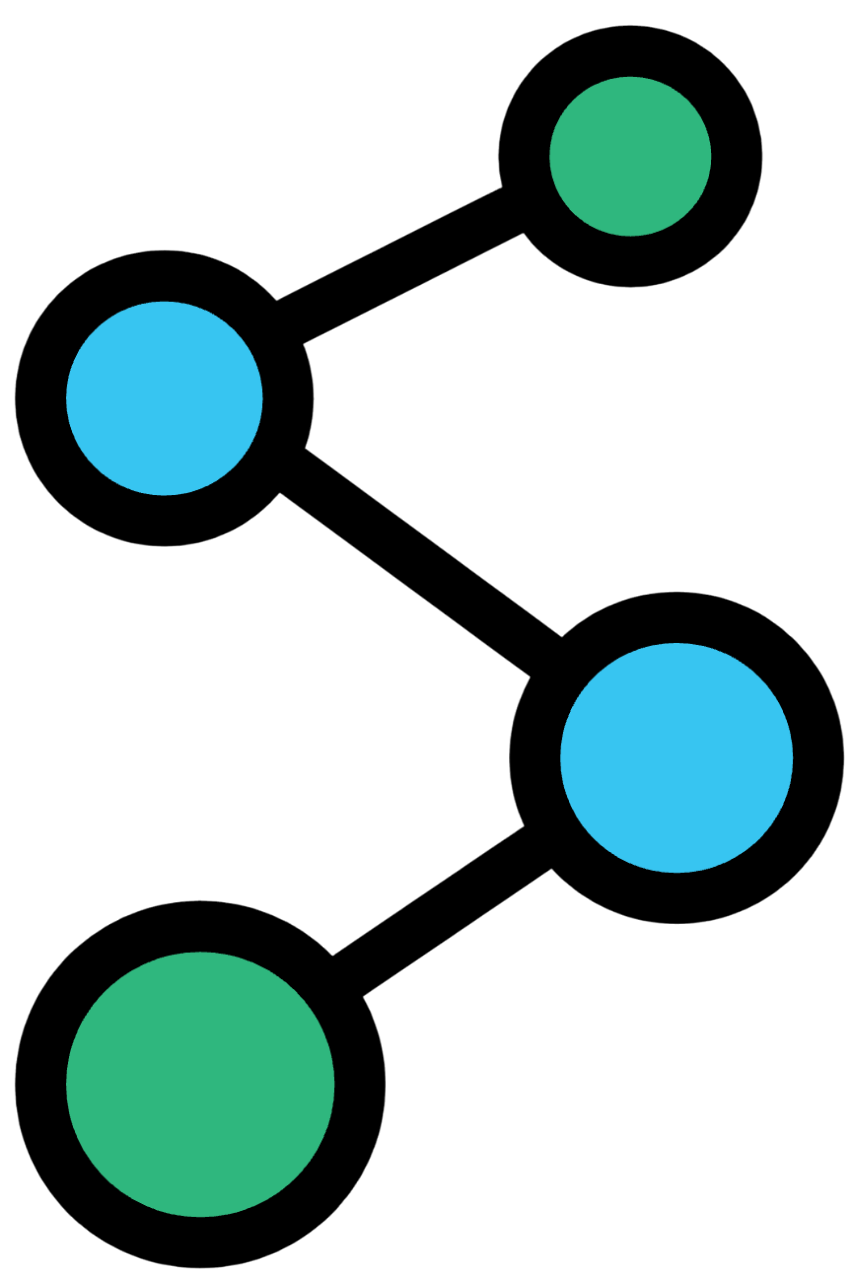Paper
Can Active Memory Replace Attention?
Authors
Łukasz Kaiser, Samy Bengio
Abstract
Several mechanisms to focus attention of a neural network on selected parts
of its input or memory have been used successfully in deep learning models in
recent years. Attention has improved image classification, image captioning,
speech recognition, generative models, and learning algorithmic tasks, but it
had probably the largest impact on neural machine translation.
Recently, similar improvements have been obtained using alternative
mechanisms that do not focus on a single part of a memory but operate on all of
it in parallel, in a uniform way. Such mechanism, which we call active memory,
improved over attention in algorithmic tasks, image processing, and in
generative modelling.
So far, however, active memory has not improved over attention for most
natural language processing tasks, in particular for machine translation. We
analyze this shortcoming in this paper and propose an extended model of active
memory that matches existing attention models on neural machine translation and
generalizes better to longer sentences. We investigate this model and explain
why previous active memory models did not succeed. Finally, we discuss when
active memory brings most benefits and where attention can be a better choice.
